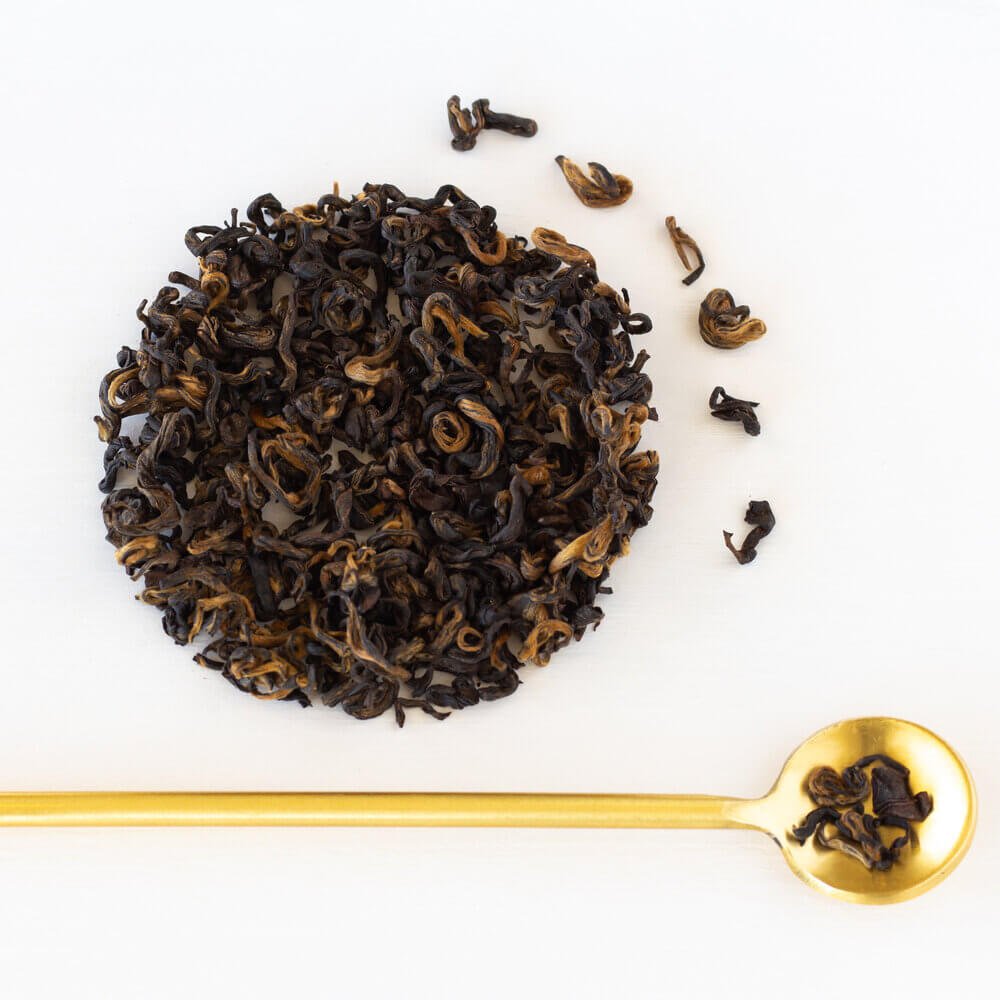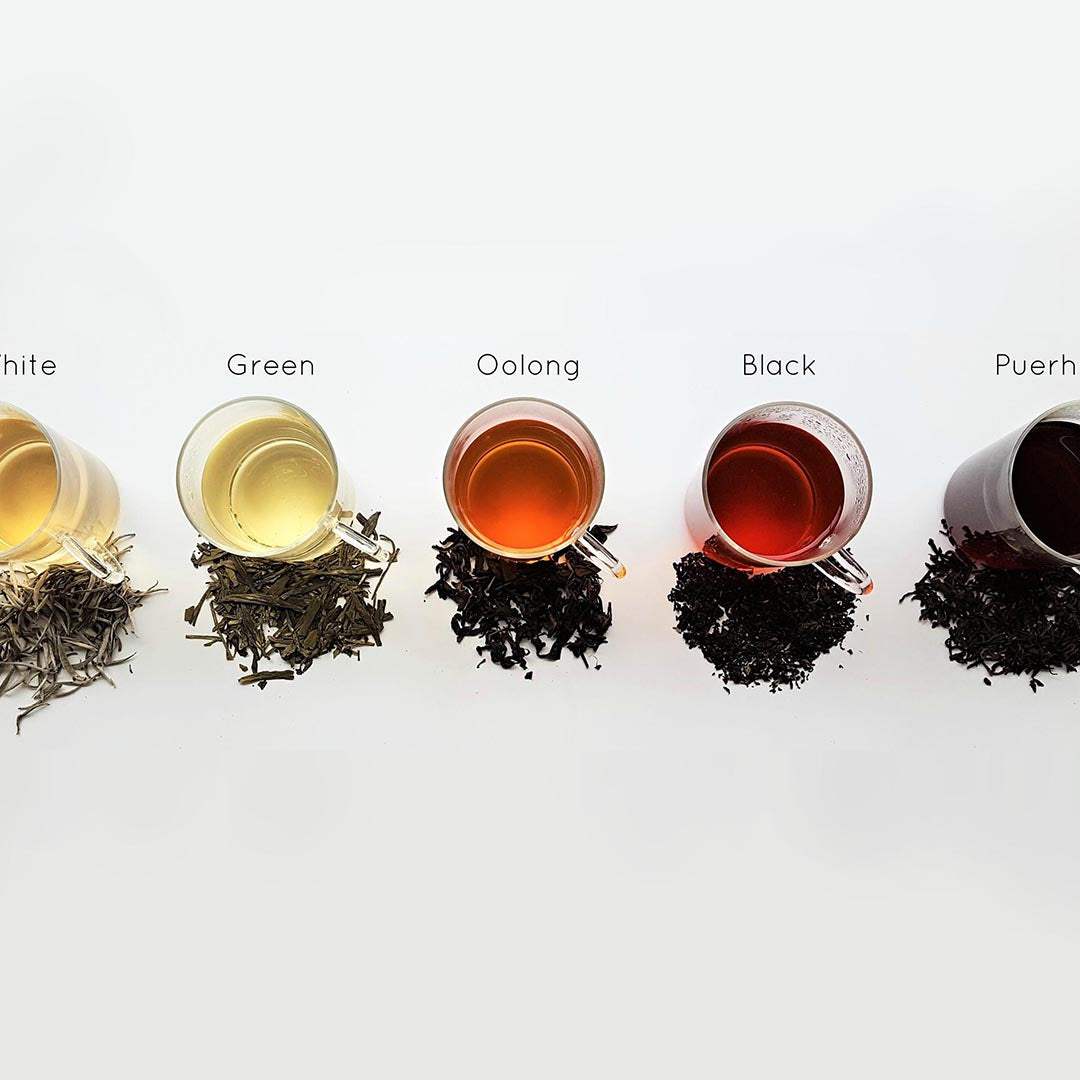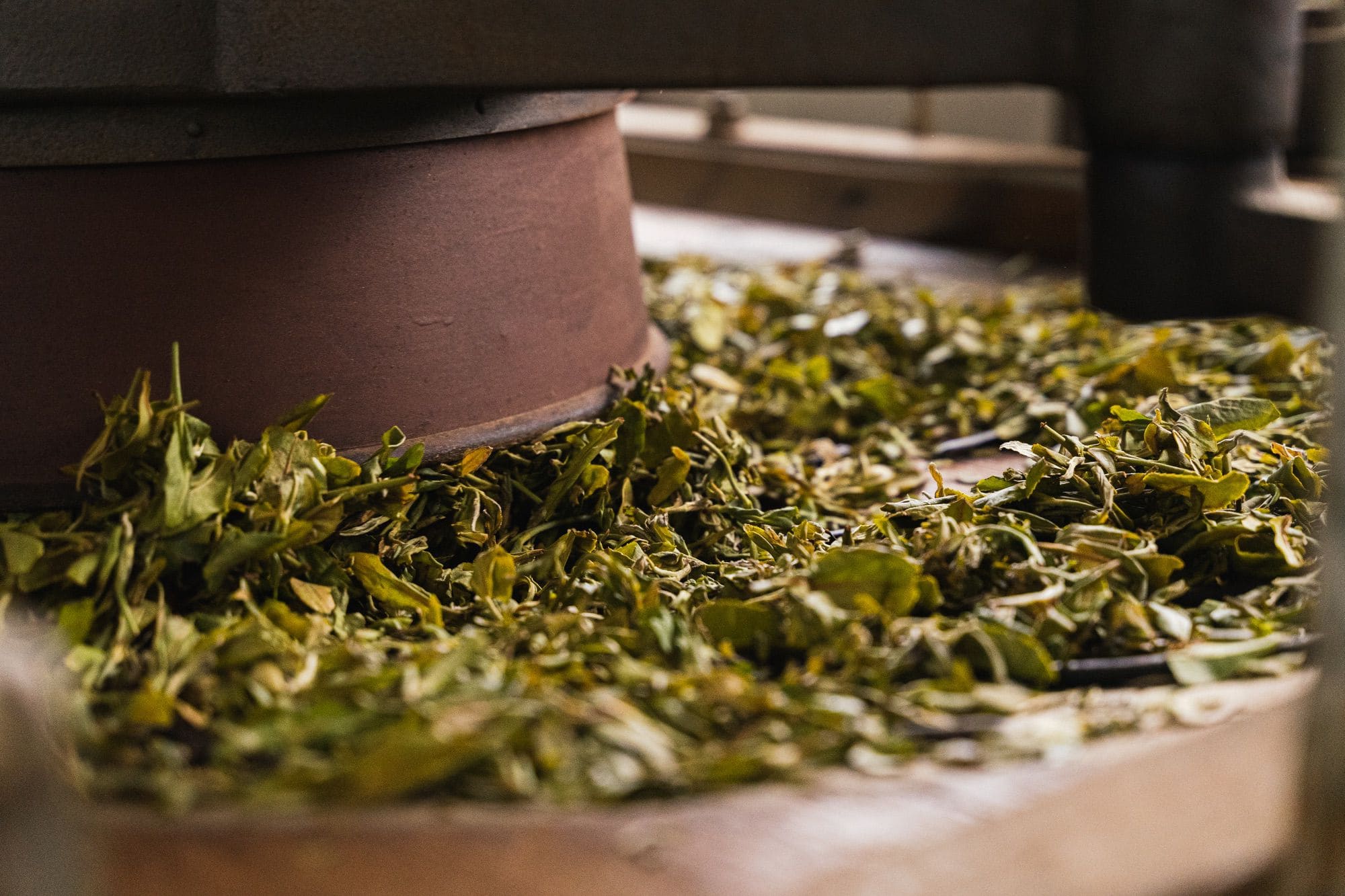oxidised tea
- Blog
- oxidised tea
fruit tea
Oxidised tea, huh? Well, let me tell ya, it ain’t nothing too fancy or complicated, just something that happens to the tea leaves when they’re left out in the air for a bit. Y’see, tea ain’t just tea. It can be all sorts of things, and that’s mostly thanks to something called oxidation. Now, don’t get all confused, I ain’t gonna make it sound too tricky. Oxidation is just a fancy word for how the tea changes when it sits out and reacts with the air, and this can make the flavor change real good or sometimes just weird, dependin’ on how much of it happens.
Now, when folks talk about oxidised tea, they usually mean black tea or oolong tea. These types are the ones that go through this here process. You leave the leaves out for a little while, and they start to turn brown. And while they’re doin’ that, the flavor of the tea is changin’ too. It can go from all fresh and grassy to deep and rich, almost like the way a wood fire smells after a long day of burnin’. Some people like their tea real strong, and for that, oxidation is just what the doctor ordered.
But now, don’t get me wrong, it’s not all tea that gets oxidised. Some teas, like green tea, don’t go through this process at all. They keep their fresh, light flavor because the leaves are barely touched by oxidation. So, what makes oxidised tea so special? Well, it’s that change in flavor. If you’ve ever had a cup of black tea, you’ll know it don’t taste like the green stuff. It’s got that rich, almost fruity taste, and that’s all because of the oxidation that happens to the leaves.
When tea leaves get oxidised, they’re goin’ through a kind of chemical change. The oxygen in the air mixes with the stuff inside the leaves, and this makes the tea take on a darker color and a fuller taste. The more the leaves oxidise, the darker and stronger the tea gets. It’s like how fruit ripens on the tree – the longer it sits, the sweeter or stronger the taste becomes. The same thing happens with the tea, and it ain’t always just about color – it’s the whole taste experience that changes.

Oxidation and Different Types of Tea
Now, I ain’t saying all oxidised tea tastes the same. No sir. Black tea and oolong tea both get oxidised, but they do it in different ways. Black tea, well, that’s usually left out longer and it turns dark, like a cup of coffee almost. The longer it sits, the richer it tastes, and the more it makes you want to sit down and take a breather. Oolong tea, on the other hand, don’t go all the way to the dark side. It’s somewhere in the middle – a nice balance of fresh and rich.
Here’s the thing – oxidation, as simple as it sounds, is a delicate balance. If the leaves get too much oxygen, they can start tasting bitter or even sour. Too little, and the tea might taste too light and grassy, like something you’d want to drink on a hot summer day just to cool off. But get it just right, and you got yourself a cup of tea that’s smooth and bold, just the way it’s meant to be.
How Oxidation Affects the Flavor
Like I said, oxidation changes the flavor. It’s not just about makin’ the tea darker or lighter, it’s all about how it tastes. When tea gets oxidised, it’s like it wakes up and says, “I got somethin’ to show ya.” For black tea, that means a strong, sometimes malty flavor. For oolong, it’s a bit lighter, but still full-bodied. Some folks even say oolong can taste flowery, almost like you’re sittin’ in a garden of roses. Ain’t that somethin’?

Then, there’s green tea – it don’t go through oxidation, so it keeps that fresh, grassy flavor. It’s kind of like picking the first leaves of the season when they’re still tender and young. But folks who like their tea with a little more punch might prefer oxidised black tea. It’s got that bold flavor that can give you a good kick in the morning.
And don’t forget, oxidation also affects the color of the tea. Black tea looks dark brown or even red when it’s steeped. Oolong tea, though, well, that’s more of a golden color when it’s brewed. So, if you ever find yourself with a cup of tea and wonderin’ if it’s oxidised, just take a look at the color. Dark? Probably black tea. Light? Could be oolong.
Conclusion
So, in the end, oxidised tea is just tea that’s been given a little more time to change its flavor and color. It’s a process that happens naturally, and folks have been drinkin’ tea like this for centuries. Whether it’s black tea with its strong, bold taste or oolong with its sweet, floral notes, oxidation is the secret behind the richness of these teas. And now that you know how it works, maybe next time you drink a cup of tea, you’ll appreciate just how much goes into making it taste the way it does.
Tags:[oxidised tea, black tea, oolong tea, tea oxidation, types of tea, tea flavor, tea processing, oxidation process, fermented tea, tea brewing]

© Copyright 2025 Qianwei Tea | Theme developed by sitemap